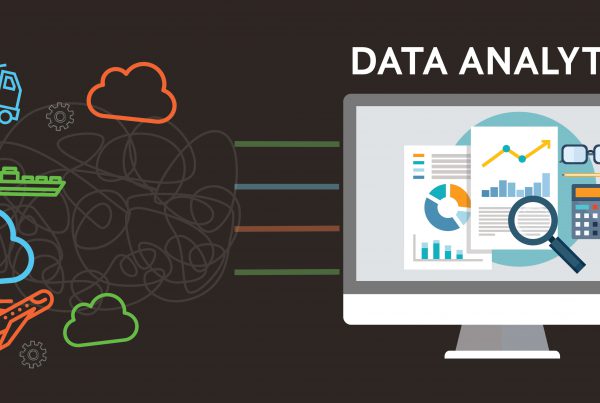Retail supply chains have become longer, and more tangled than ever before. The complexity of the datasets, and the management of far-flung suppliers, coupled with high customer expectations around service and reliability, are taxing traditional approaches to supply chain management to their limits.
Supply chain analytics and management play a significant role, not only in a retailer’s cost structure and profitability but also in the quality of the customer experience. Buyers will no longer tolerate delivery problems or out-of-stock inventory. Retailers that can’t live up to impeccable order delivery standards, and perpetually in stock inventory, can’t count on loyalty to keep customers in the fold.
How significant is the attrition risk? A study released by Capgemini revealed that a full 89 percent of consumers stated that they would shop using a different retailer in the future if an order arrived later than expected, and 73 percent reported that they would purchase an item from a different retailer than initially planned if that item weren’t in stock. These statistics are sobering, and the magnitude of the potential business impact surrounding fulfillment issues, and inventory availability are both apparent and significant.
The problem with traditional retail supply chain management is threefold.
Firstly, with the increased convolution around multifaceted, large-scale retail operations featuring growing store count, e commerce sites, more products, order variations, and a diverse supplier base, traditional supply chain management solutions can’t handle the complexity without end-to-end visibility throughout the supply chain. Secondly, with heightened expectations around service quality coupled with customers shopping both online and using conventional channels, the integration between discrete online and traditional retail business units has become critically important. Thirdly, demand fluctuations create both predictable peak, and seasonal requirements, with unforeseen happenstances affecting operations which can lead to both localized, and systemic supply chain disruption.
It is now where real time data analytics comes into the picture. If you’re able to analyze streaming data in real time across siloed supply chain components, you achieve end-to-end visibility throughout the supply chain, integration between traditional retail and online business units, and the agility and flexibility required to manage both peak and seasonal requirements, along with unexpected disruptions.
To put things simply, if you’re analyzing data after the fact, you can’t pinpoint problems and make adjustments fast enough to prevent missed deliveries, and out of stock situations before they cycle all the way through to the customer. However, when retailers can analyze streaming data to respond to supply chain complexities, they can make better predictions, decisions, and adjustments in real time, before the customer experience is negatively affected.
If your interested in how Gravity Supply Chain Solutions can help you predict what is going to happen in your supply chain tomorrow in real time, get in touch.




